How To Understand Building Codes: What You Need To Know To Improve Your Old Home
Topic:
Remodel Old Home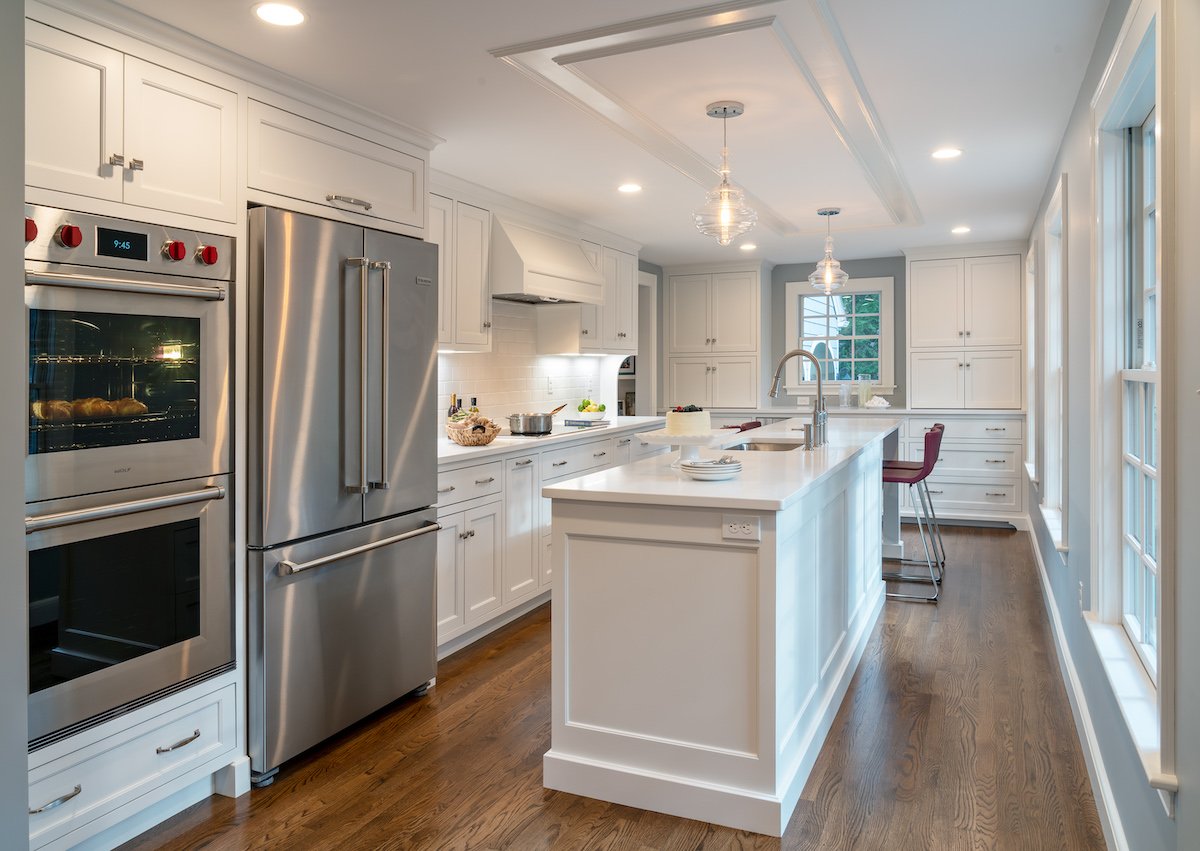
You are probably not surprised to hear that your older New England home likely does not comply with current local building codes where you live. But you might be surprised at how building codes can impact an old home renovation. That’s why it is so important to understand the purpose of these codes and work with a home renovation partner with the knowledge and experience to manage the remodel properly.
WBUR, citing a 2020 state building sector report, notes that “Buildings are one of the largest sources of greenhouse gas emissions in Massachusetts. Between oil and gas heating, hot water heaters and gas stoves, they're responsible for about 27% of our annual emissions.”
With summers getting hotter everywhere, and weather events of all kinds increasing, energy efficiency and increasing use of green energy sources becomes an increasing focal point for building codes. All of this in addition to the other codes that seek to address homeowner safety and conformity to common building standards and practices.
Whatever the codes, a builder’s job is to keep up with the changes, understand them, and help homeowners work with local code enforcement to make the best decisions possible for your older home renovation.
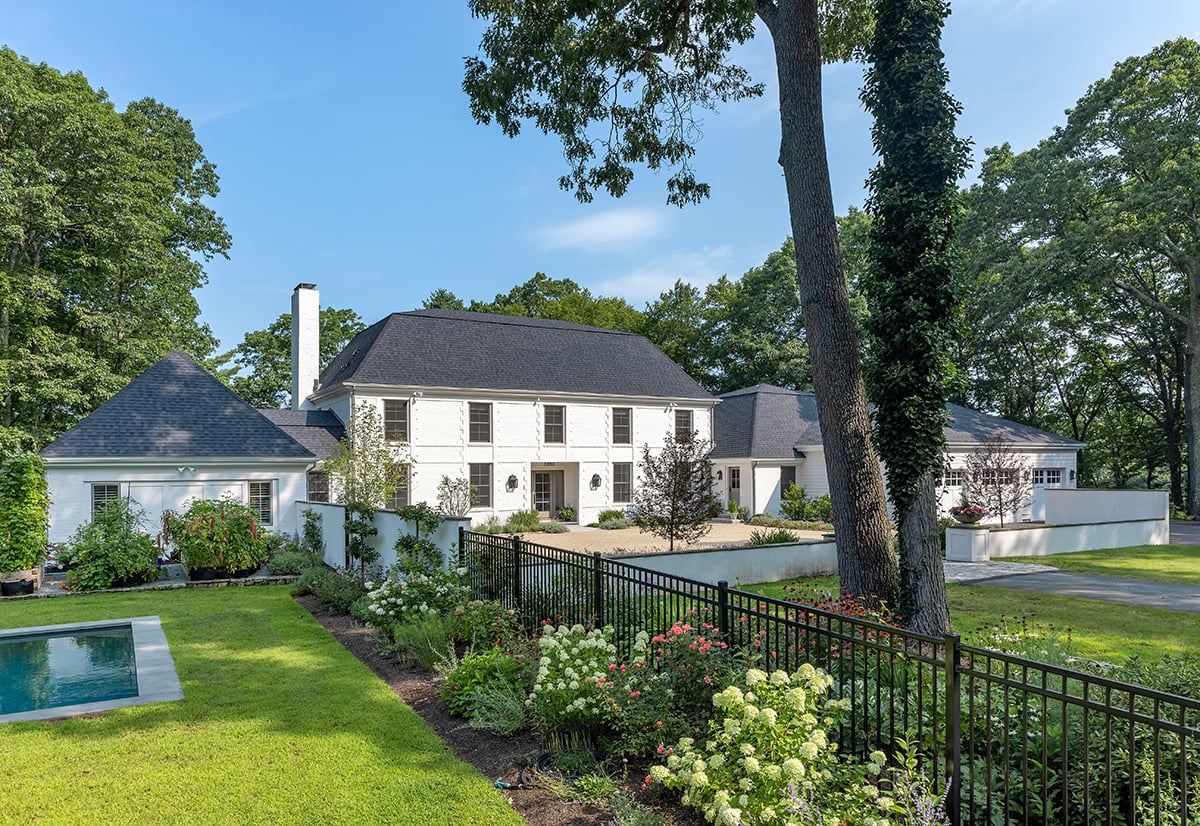
What Are Building Codes?
The National Institute for Standards and Technology (NIST), a branch of the Department of Commerce, offers this definition of building codes:
“Building codes are laws that set minimum requirements for how structural systems, plumbing, heating, ventilation and air conditioning (HVAC), natural gas systems and other aspects of residential and commercial buildings should be designed and constructed. In the U.S., building codes mostly fall under the purview of state and local governments.”
While enforcement is the purview of state and local governments, codes are not simply arrived at out of thin air. Model codes are the building blocks of local building codes. A primary source is the International Code Council (ICC).
Model codes like that of the ICC are the starting point, with states like Massachusetts and local governments adding codes and restrictions they deem necessary.
How Energy Codes Impact Home Renovation
In January of 2023, the state of Massachusetts enacted more strict energy codes, amending the international conservation code known as the IECC. Ever-changing codes is just one of many reasons for making sure a contractor is in conversation with code enforcement and securing permits in a timely manner. This is one more factor in keeping your older home renovation on track and on budget.
Because of the complexity of modern energy and other building codes, it is important to involve building inspectors throughout the process, starting at the design phase. To ensure a smooth process, in addition to local inspectors, your contractor will also need to work with a Home Energy Rating System (HERS) rater to stay in compliance with energy code. Not doing so risks a slowdown in the permitting process, or worse, a stop order on the permit if the requirements are not met.
Energy Code Requirements
What is a HERS rater looking for when they evaluate your home and all the plans and materials specs you have for a renovation? There are four main areas where a HERS rater is looking to make sure a home renovation will comply with energy code requirements.
Glass
The energy rating of the window glazing and fenestration (overall glazing package of the doors, windows and skylights) requirements. Solar heat gain coefficient.
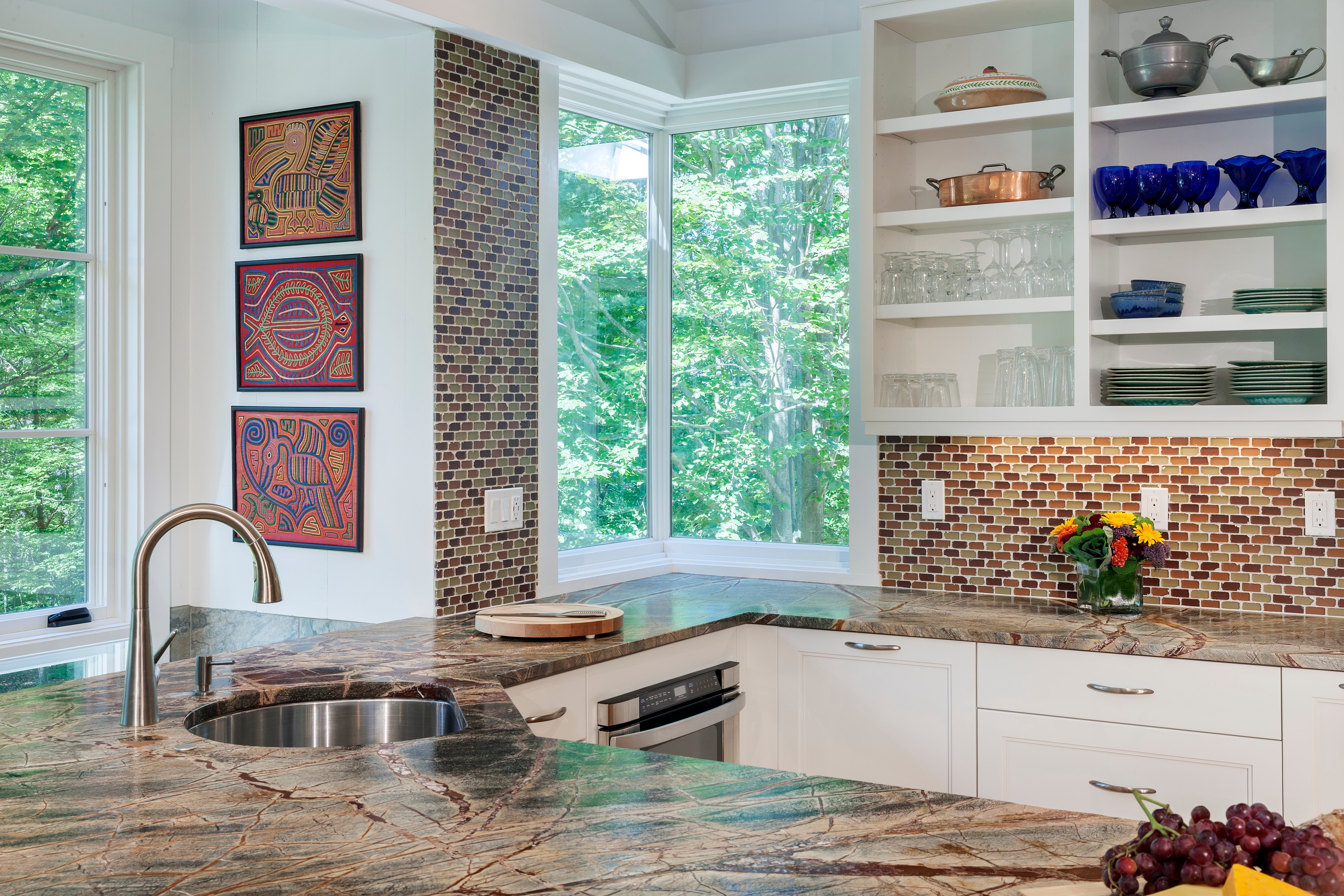
Heating and Cooling Systems
These systems require a high efficiency rating to get the overall home into compliance as specified by the HERS rater.
Solar Panels
The HERS rater will inspect any solar panels added to the building for electricity or heating water.
Home Insulation
Insulation requirements for floors, walls and roof assemblies are becoming more stringent. The R-Value of insulation of these assemblies increased significantly in 2023. The positive results will be less heat and cooling loss as the insulation allows the HVAC to run more efficiently.
A note about older homes: In the energy code there is a clause specifically for historical homes. Your older or historic home may be exempt from what is known as the stretch code. Often, the structure of an older home makes it prohibitive to access areas needed to comply with the code. This is never a given, so be sure your renovation partner is working with the HERS rater to keep your older home on the right side of the codes.
Other Code Requirements When Renovating an Older Home
Home energy is hardly the only consideration of code enforcement for older home renovations. Here are some other areas where understanding building codes and working closely with the local municipality will serve you and your renovation partner well.
Windows
When you update windows in an older home, they need to meet modern egress codes. This means they need to be built at a certain dimension (width and height) and installed at a certain height from the floor.
Hallways and Doors
Older homes often have doors and hallways that are narrower than current code allows. In renovations, hallways and doors need to be built at a minimum width of 36 inches.
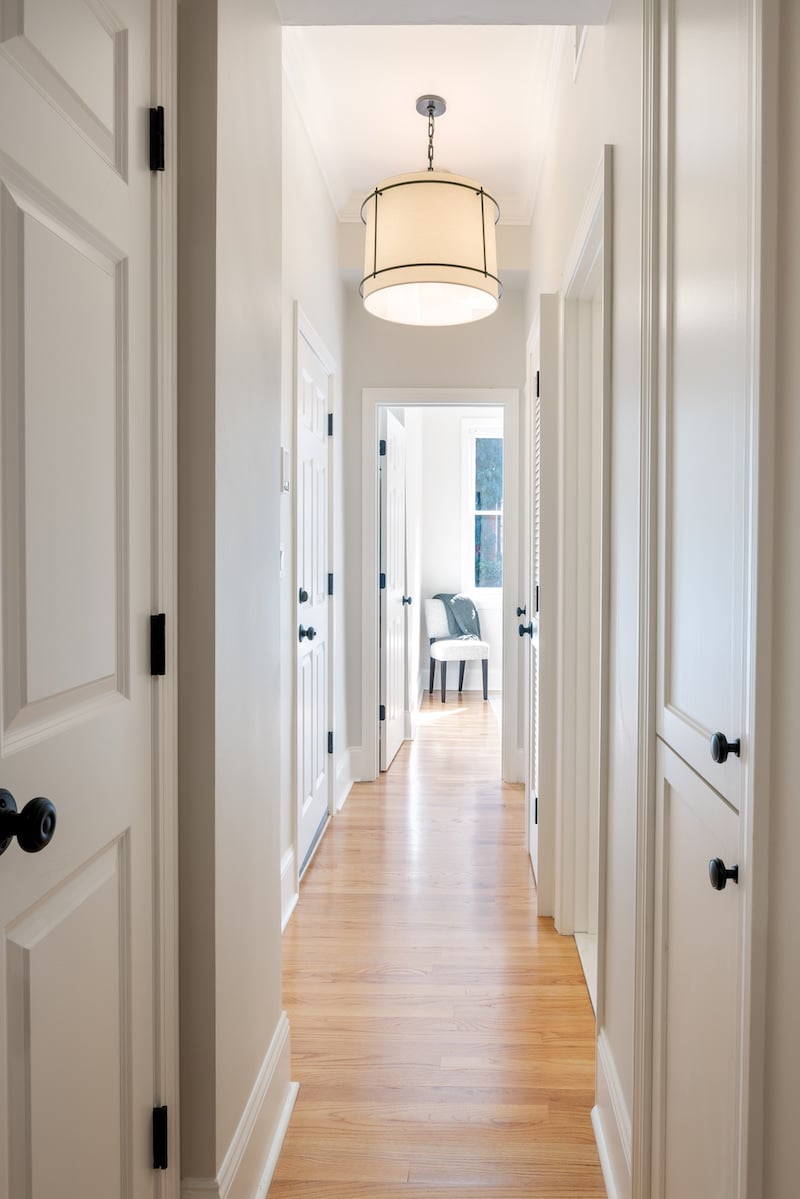
Smoke/Carbon Monoxide Alarms
Renovating a certain percentage of a home means smoke alarms and CO alarm requirements are put into play. Modern code requires that homes have a smoke alarm in each bedroom. Also, a CO detector needs to be within 10 feet of all bedroom doors. Smoke detectors also need to be installed at the top and bottom of each staircase. If the number of smoke detectors required reaches 12 or above, a low voltage system connected to and monitored by an alarm company needs to be installed.
Staircases
Old home staircases can have risers of various heights, narrow treads, with clearance that leaves you bumping your head every time you walk downstairs. In a renovation, staircases must be at least 36 inches wide with headroom of six feet eight inches.
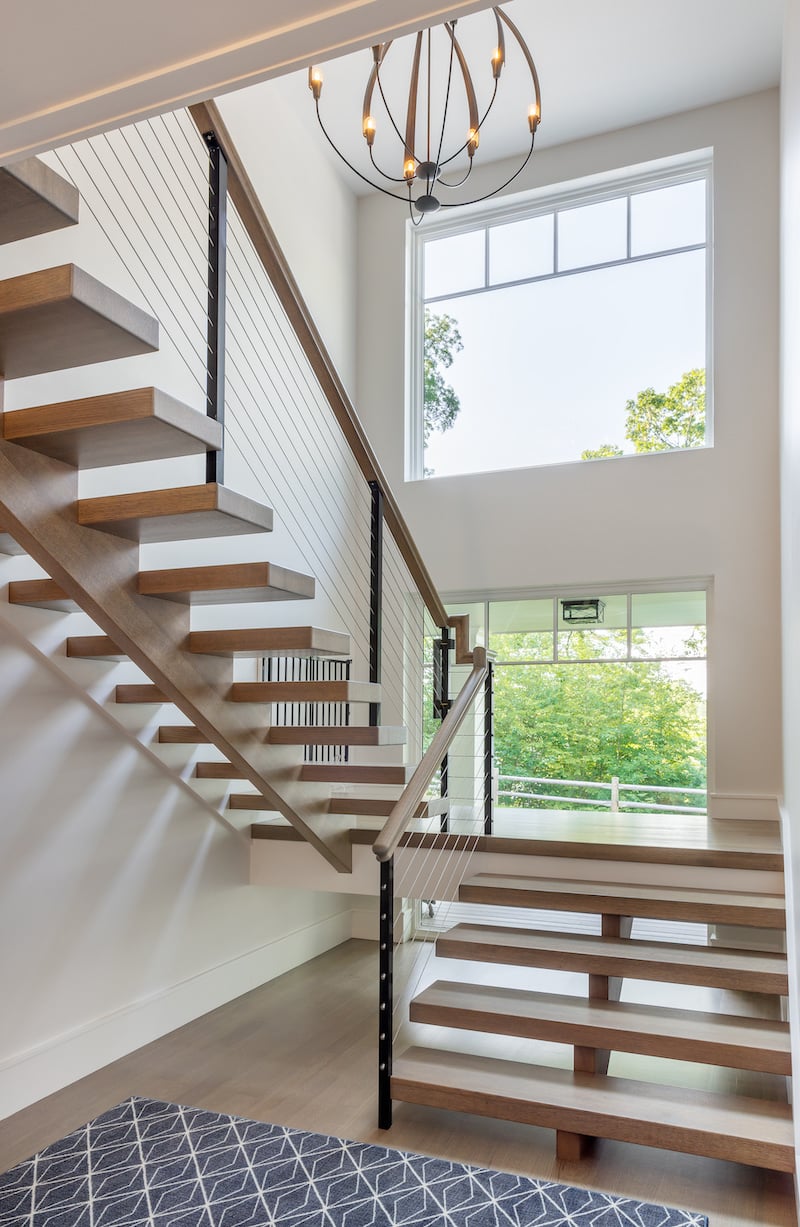
Light and Ventilation Code
Older homes can have areas that are lacking in natural light. One of your goals in renovation is likely to open the home to more natural light. The codes are on your side here, requiring a certain amount of light and operable windows in the space, often including requirements specific to the basement. Also, with all of the requirements for insulation, your renovated home will not have the natural ventilation it had when wind whistled through the windows and your heater could not keep up in the winter. This energy efficiency means mechanical ventilation needs to be added in the form of an energy recovery ventilator (ERV) or heat recovery ventilator (HRV.) Both systems bring fresh air into the home while venting the stale air outside.
With new codes that have been enacted in Massachusetts, it is important to understand the code requirements that are specific to your home and the renovation plan. Your builder should be prepared to meet with the building inspector in the initial stage of design to ensure that the renovation will satisfy the new energy codes and other codes that apply to renovating older homes. This not only ensures the project meets code requirements, but also helps to ensure the application process moves smoothly, permits are issued, and the project stays on track.
We have the resources, knowledge, experience and works closely with the building inspectors in every town in our service area. Learn more about what you need to make your older home remodeling project a success by downloading our free ebook, The Top 12 Things to Know Before Remodeling an Old Home.


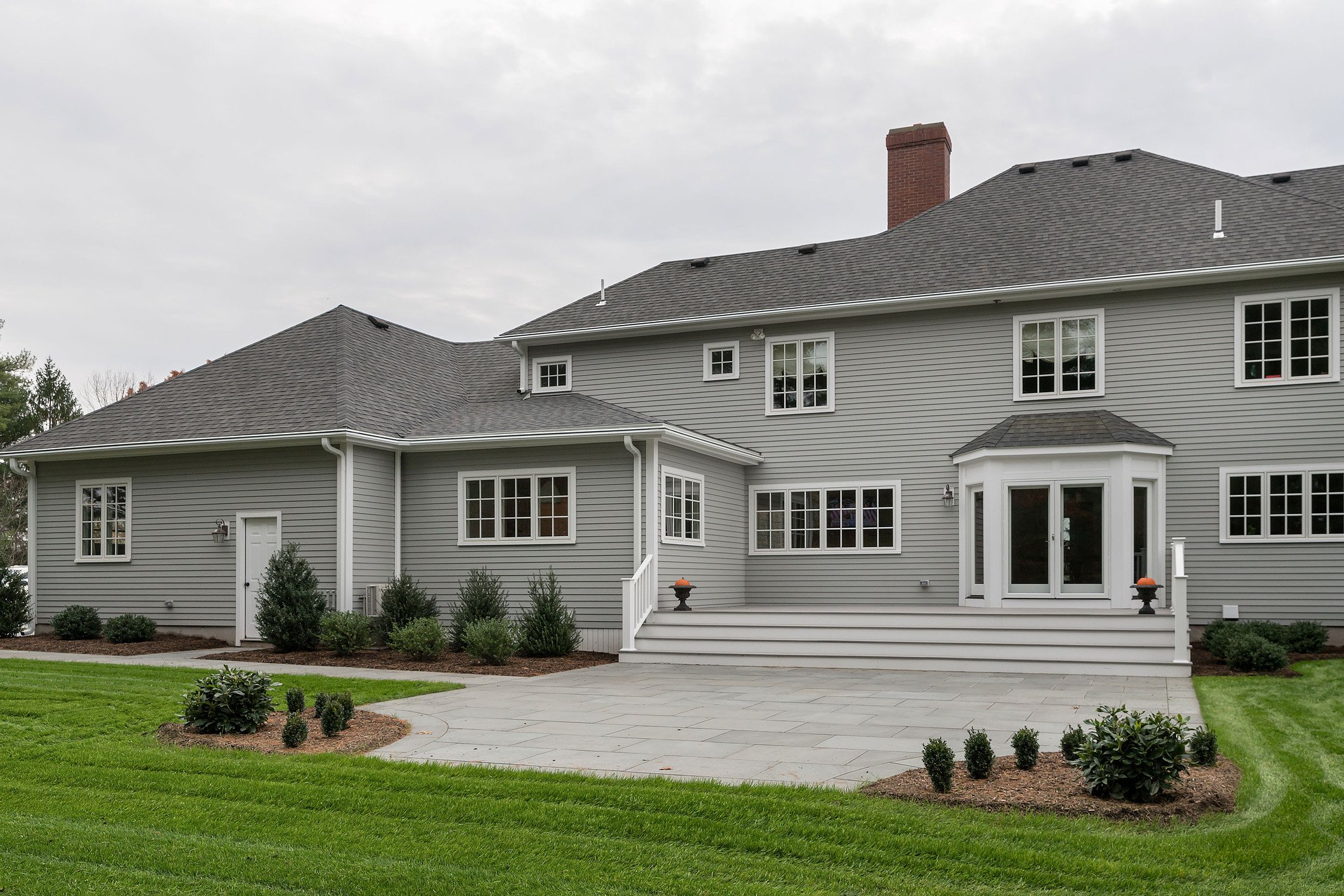

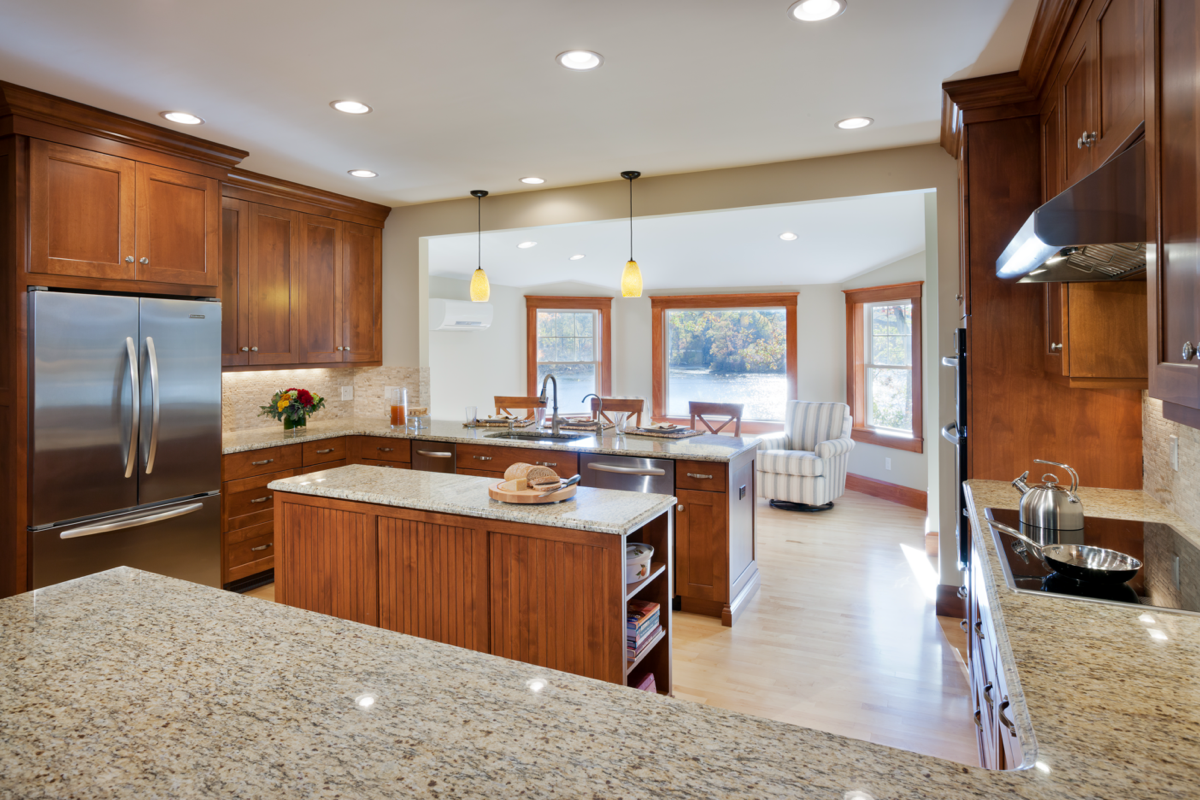
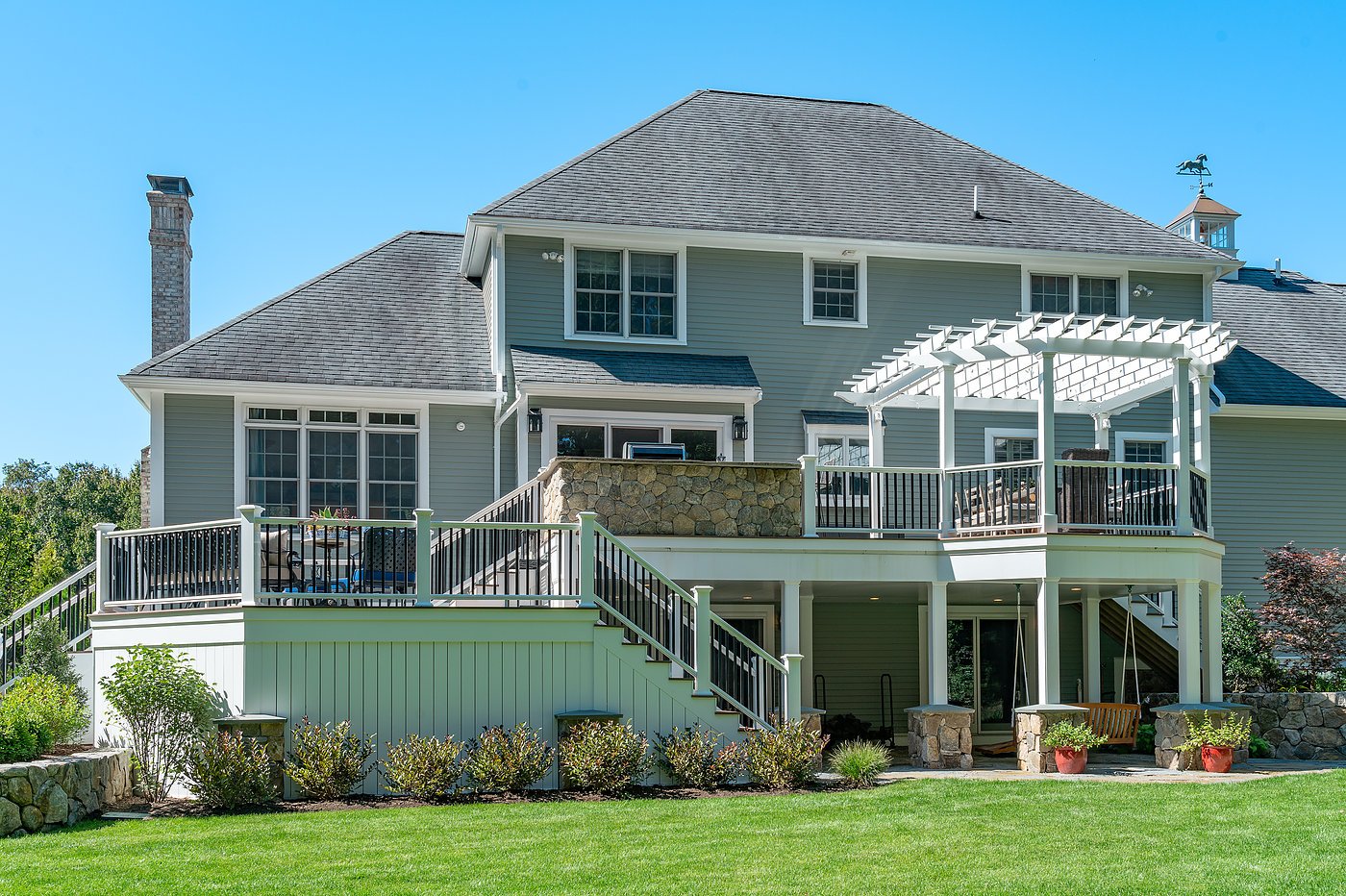
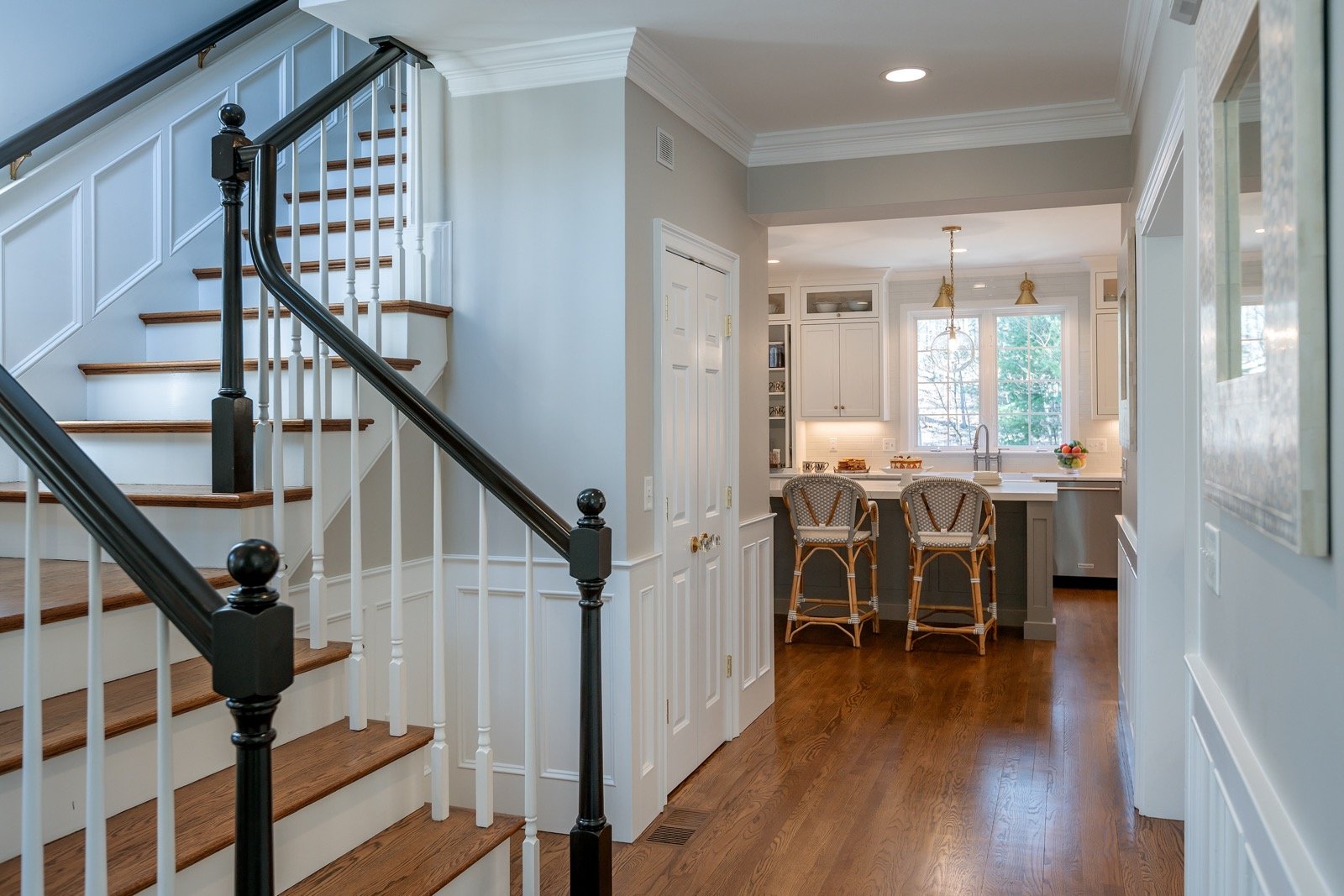
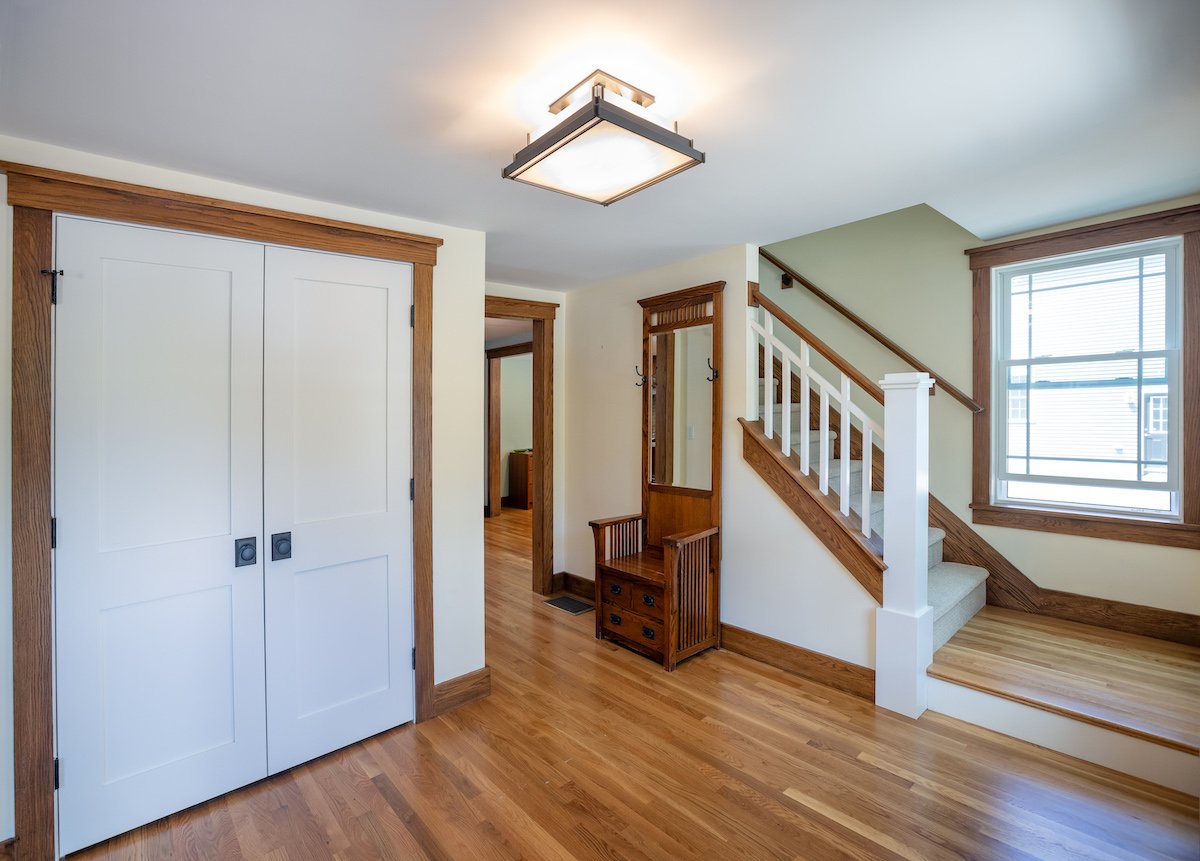
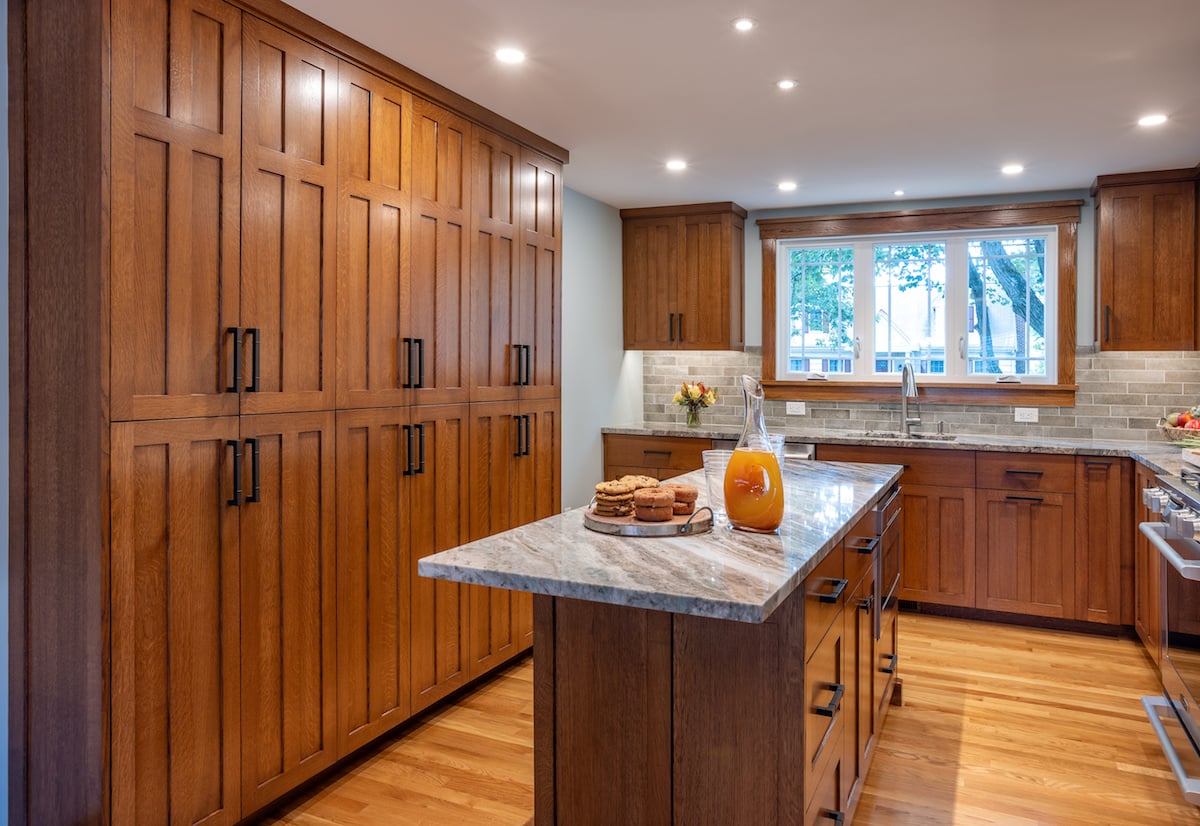
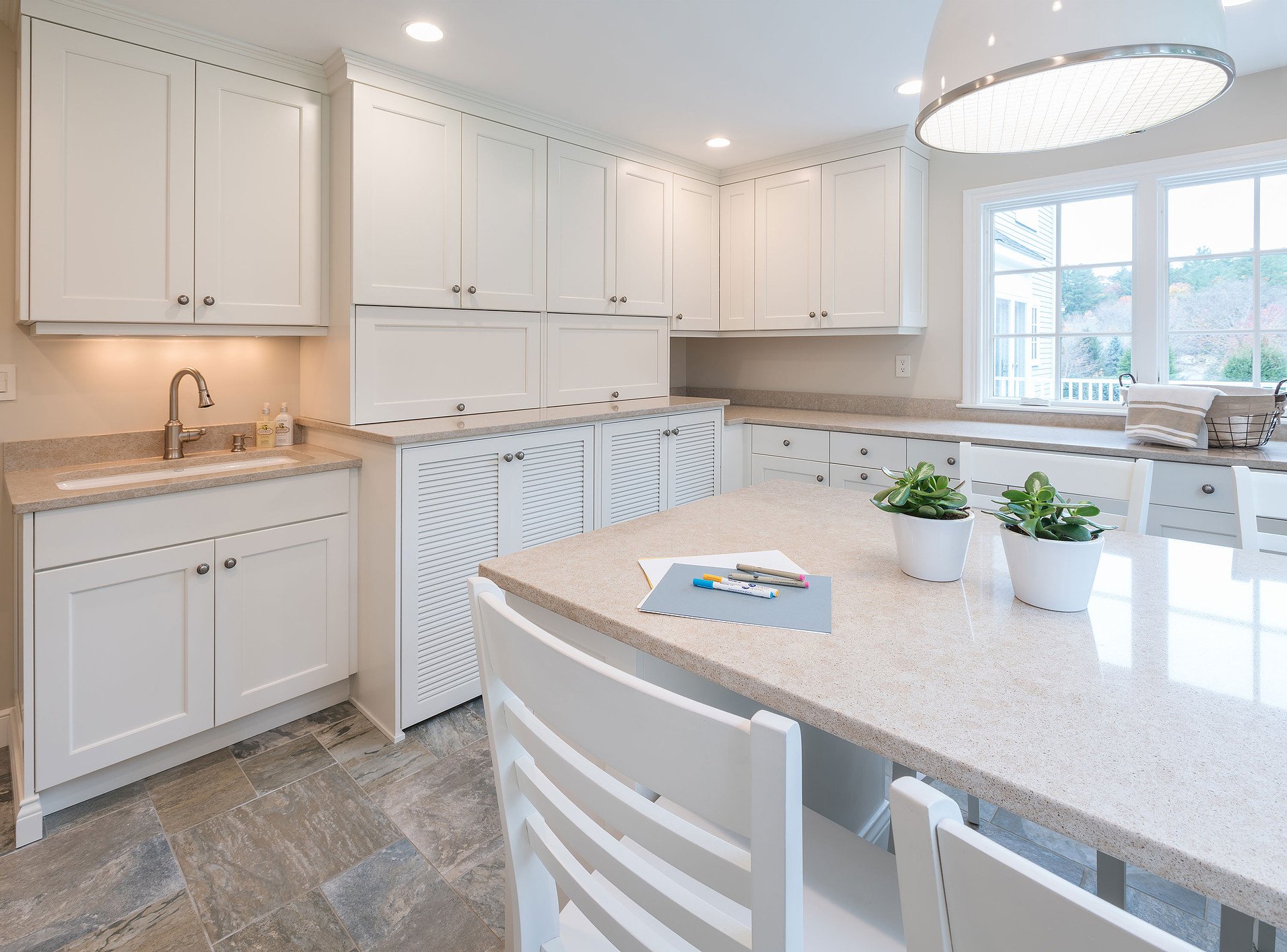
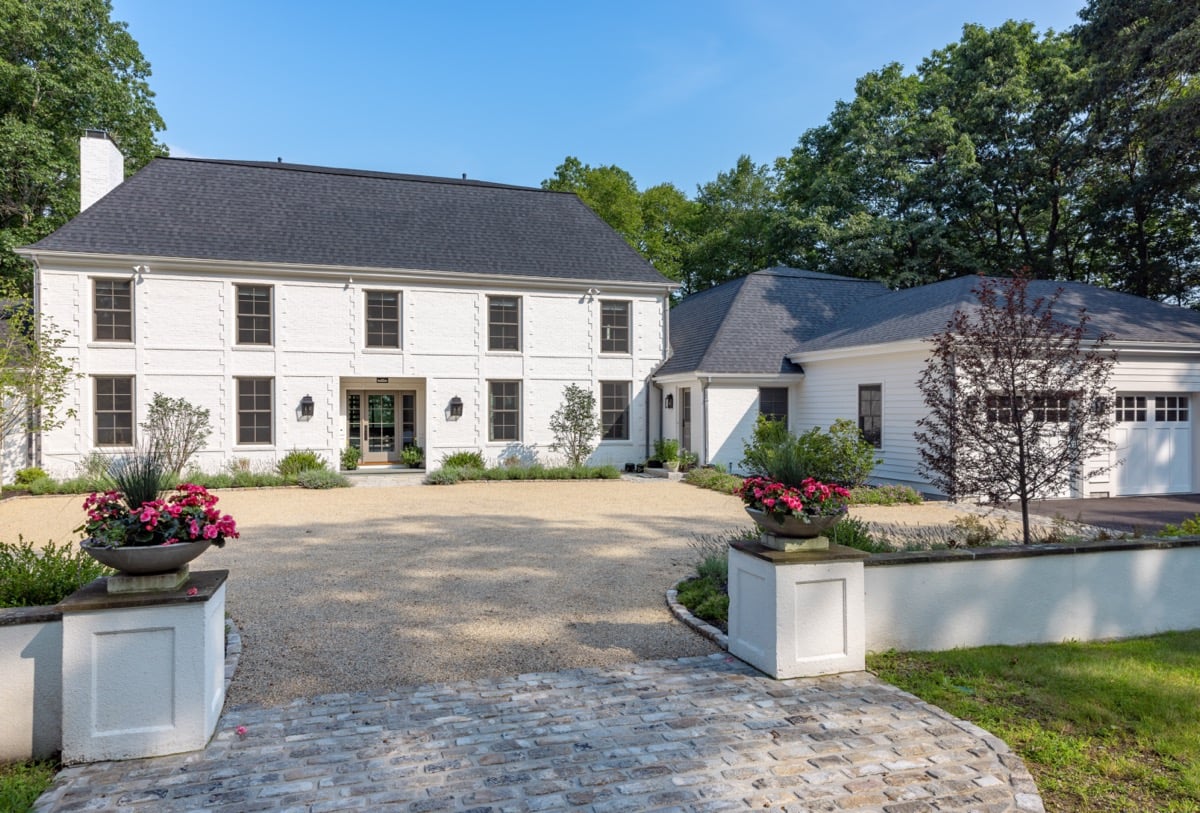

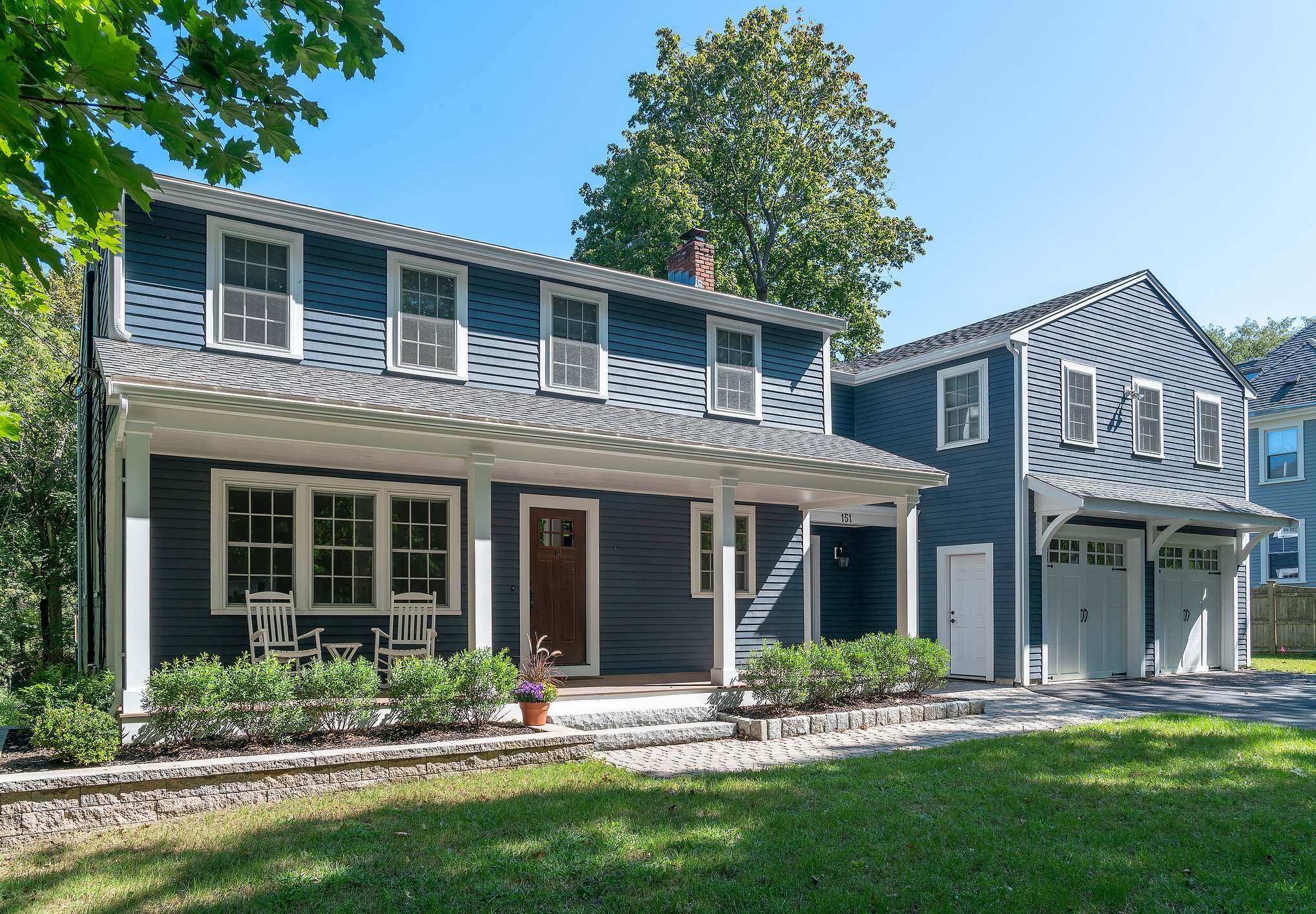
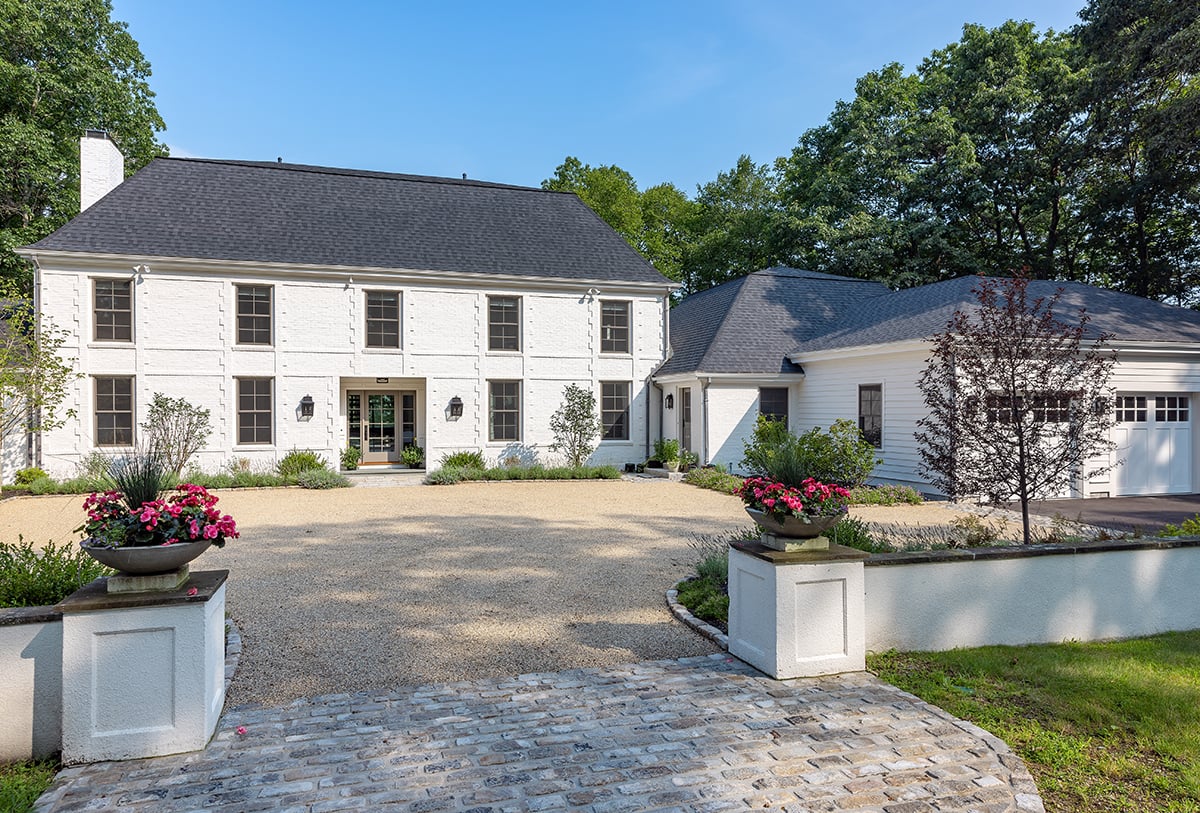
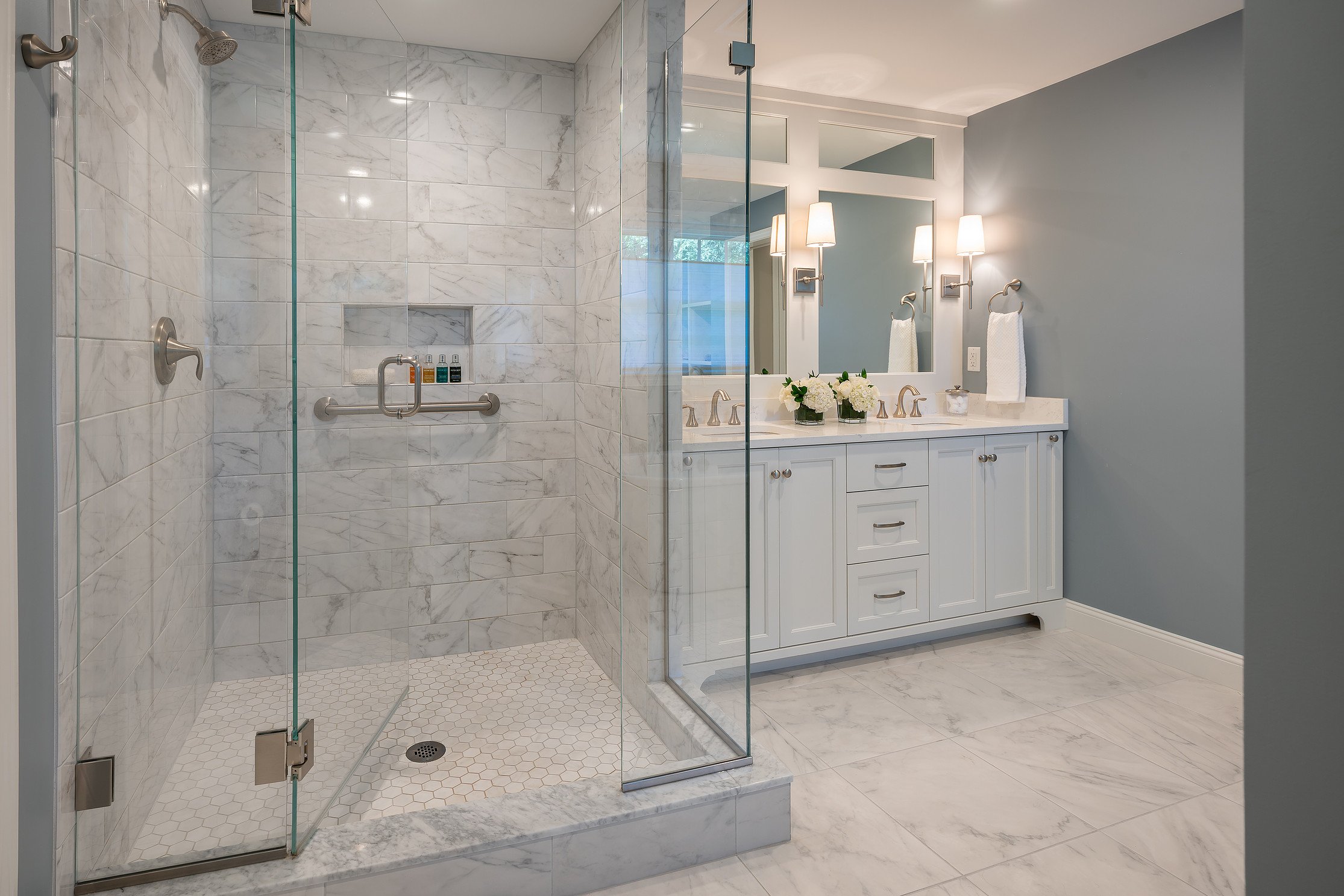
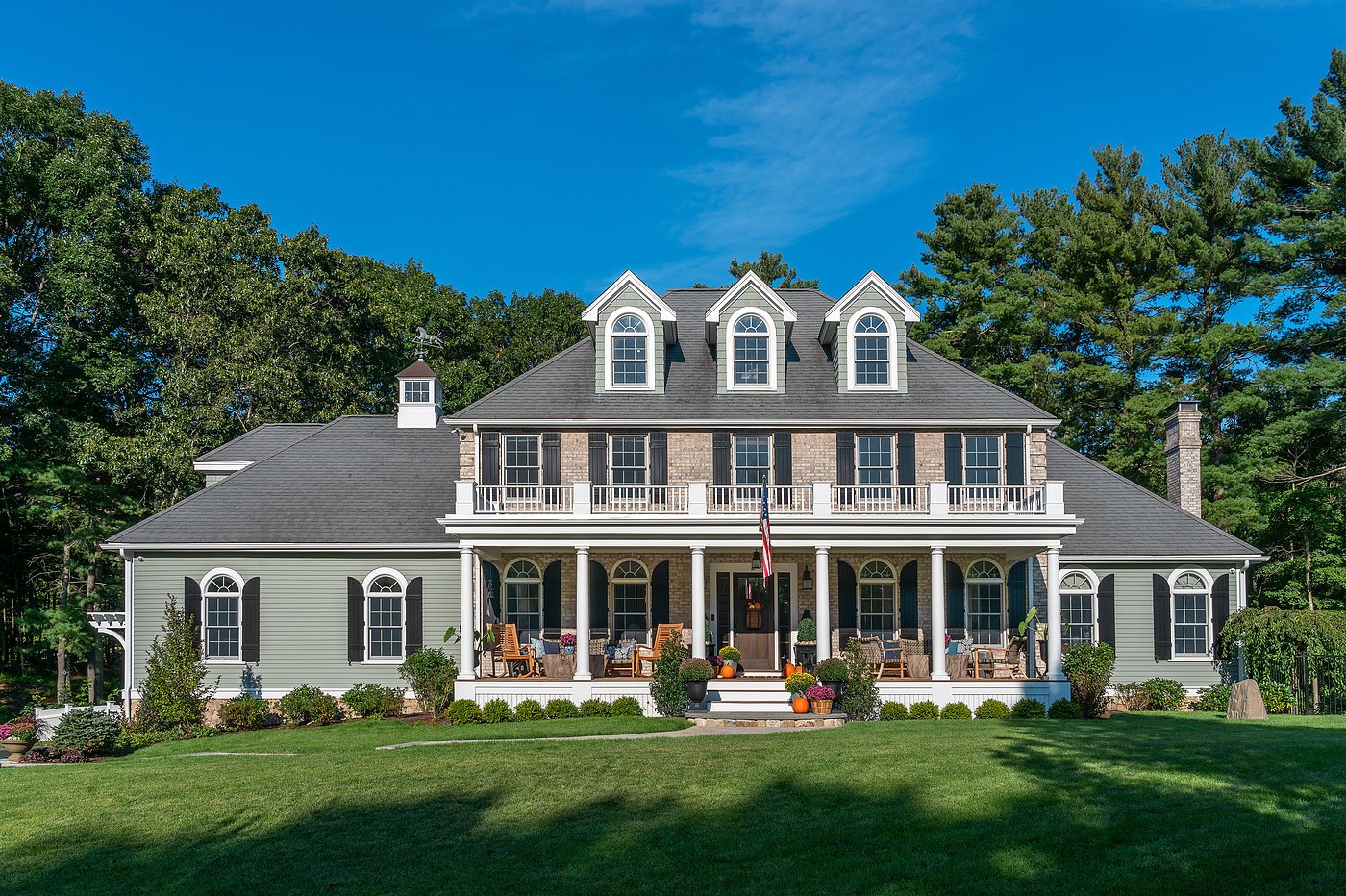
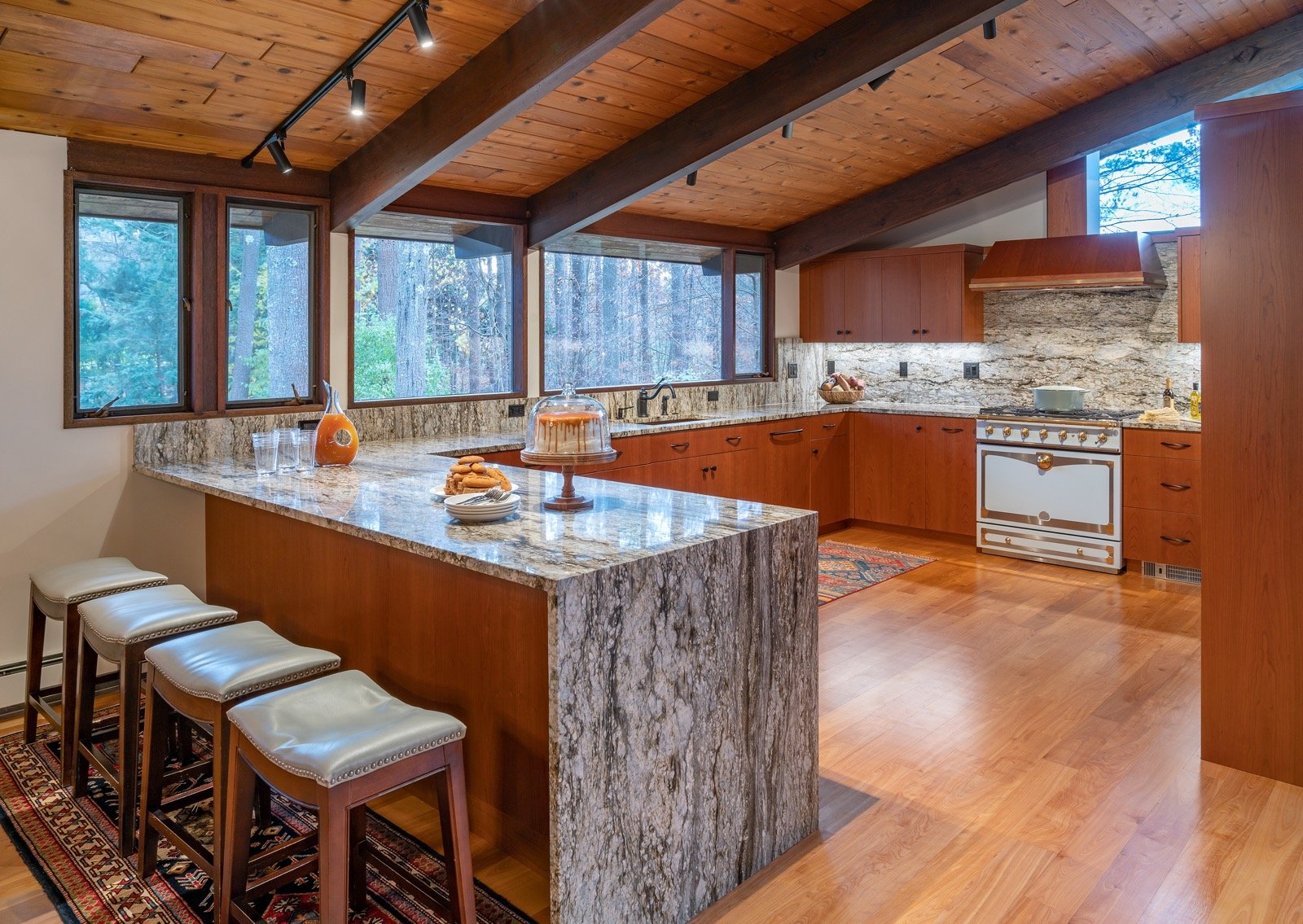
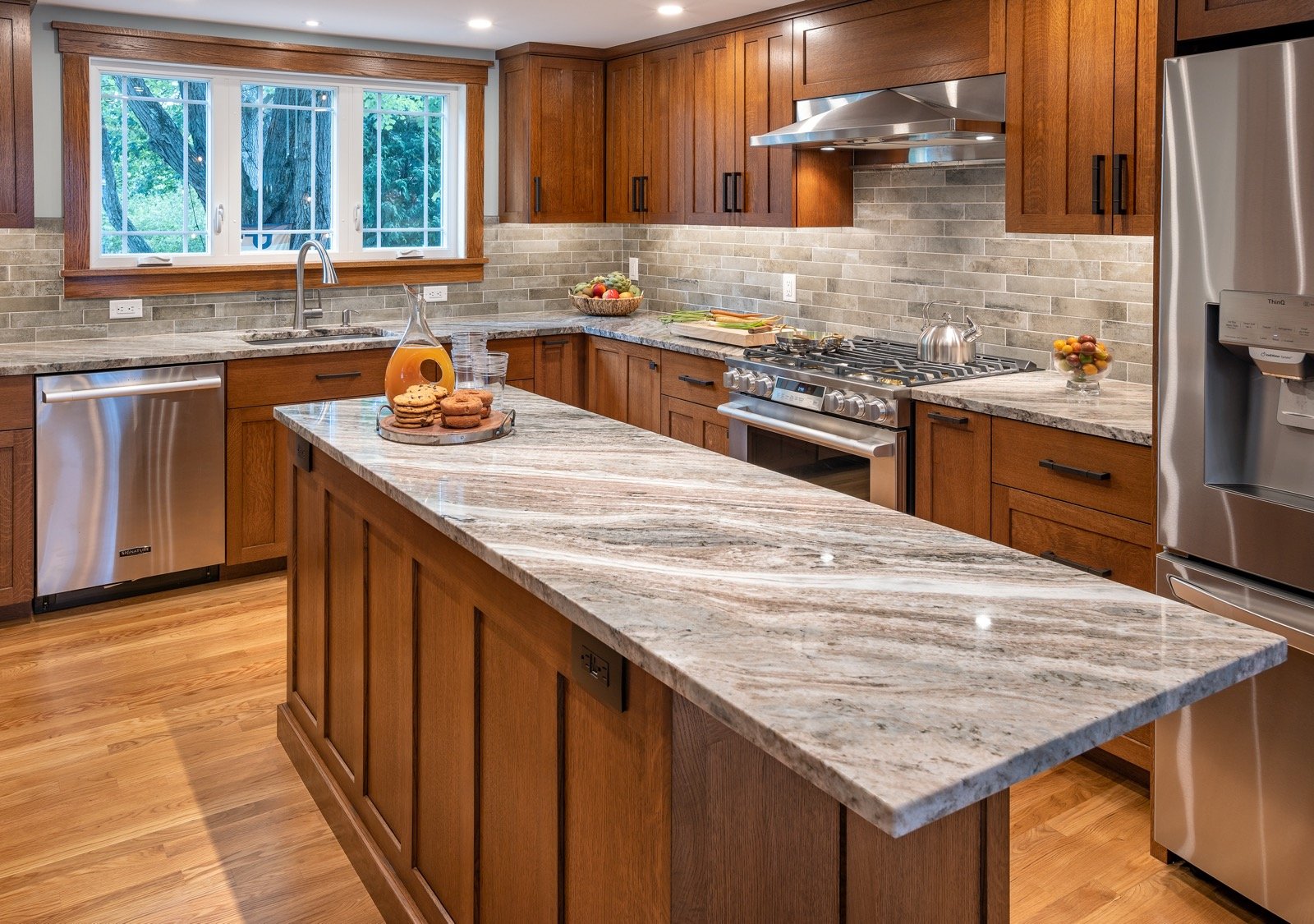
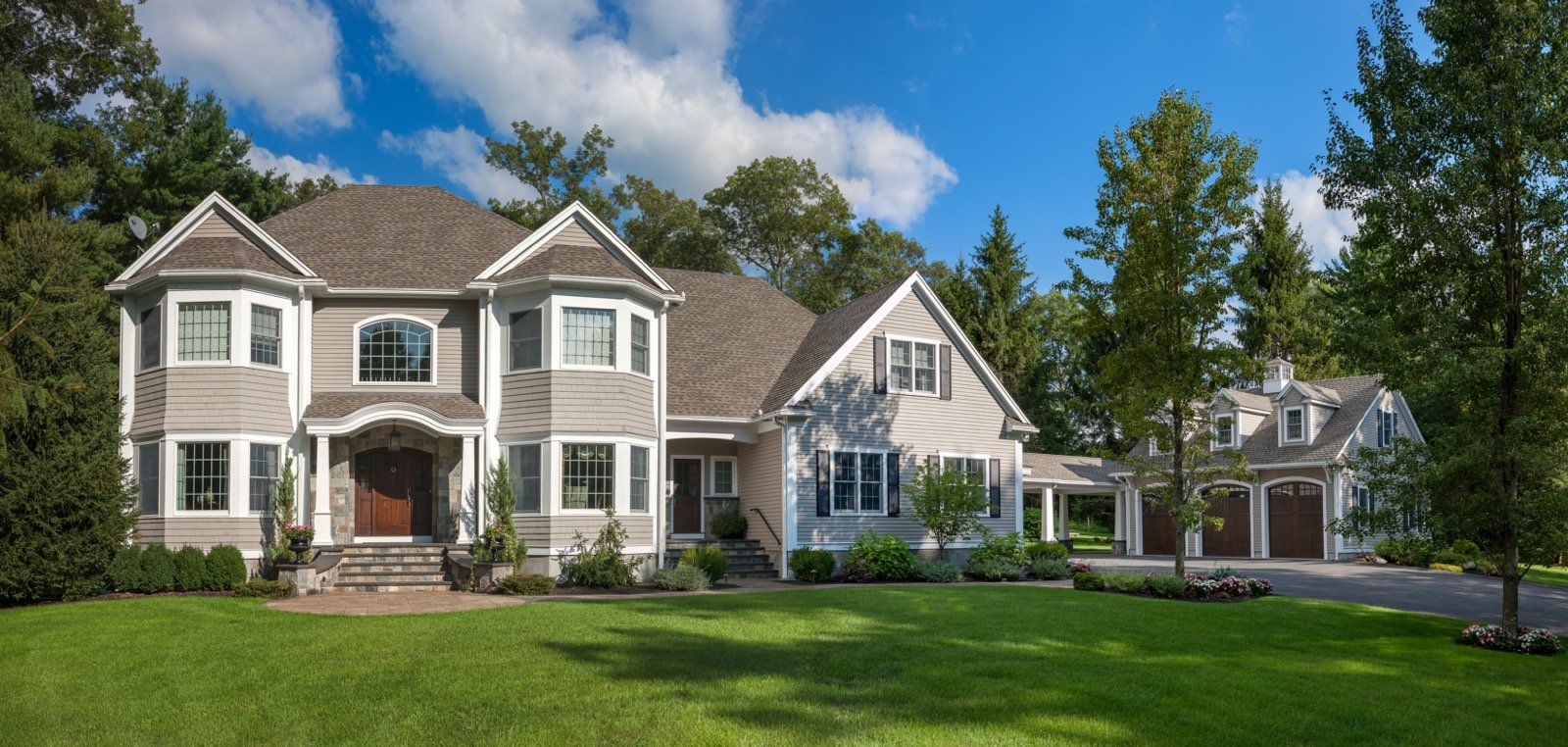
Leave a comment